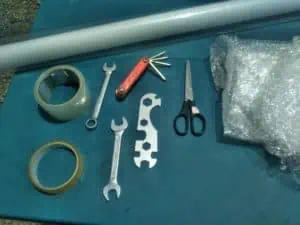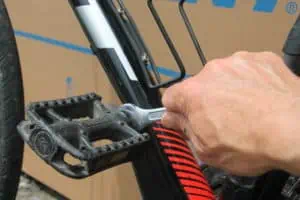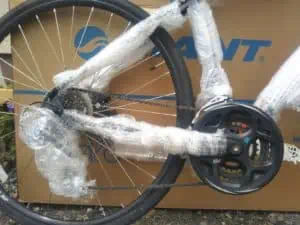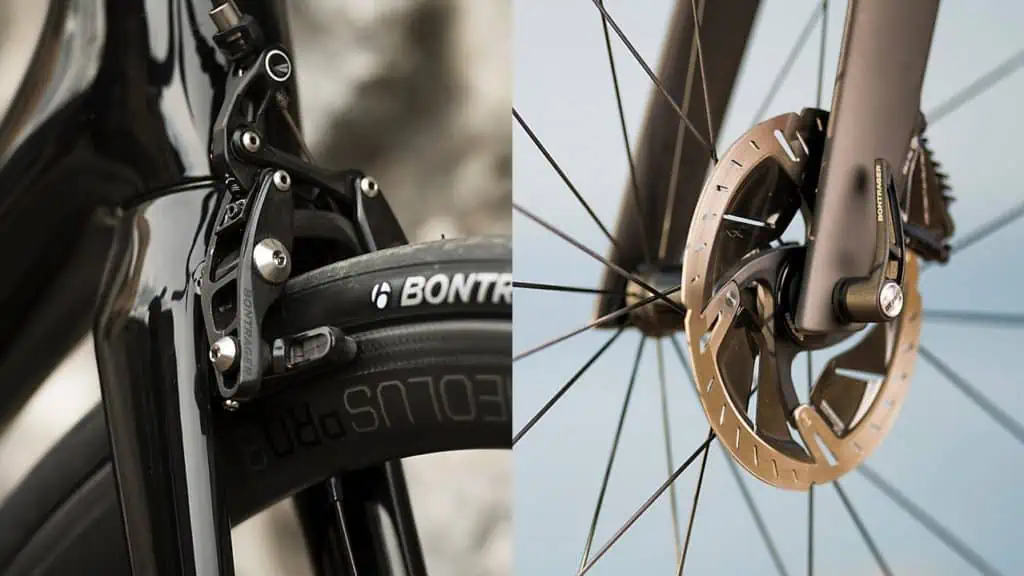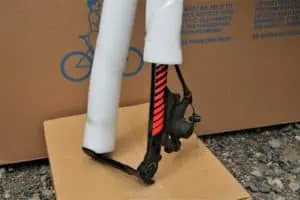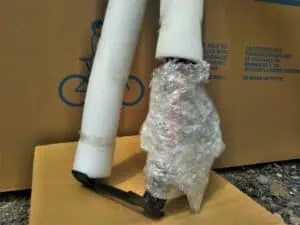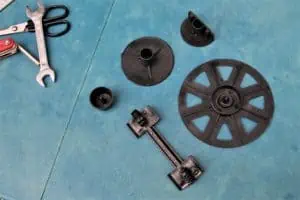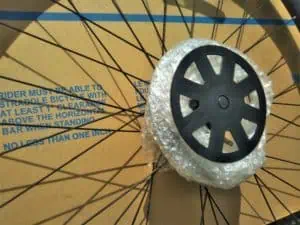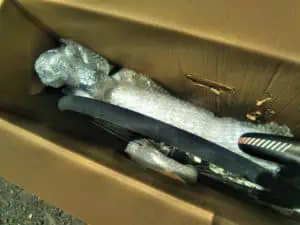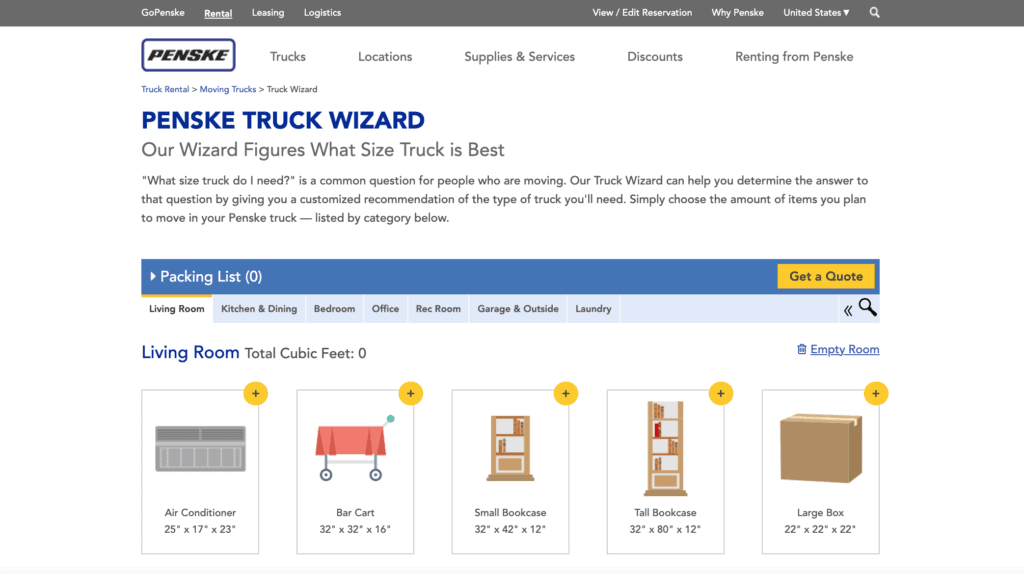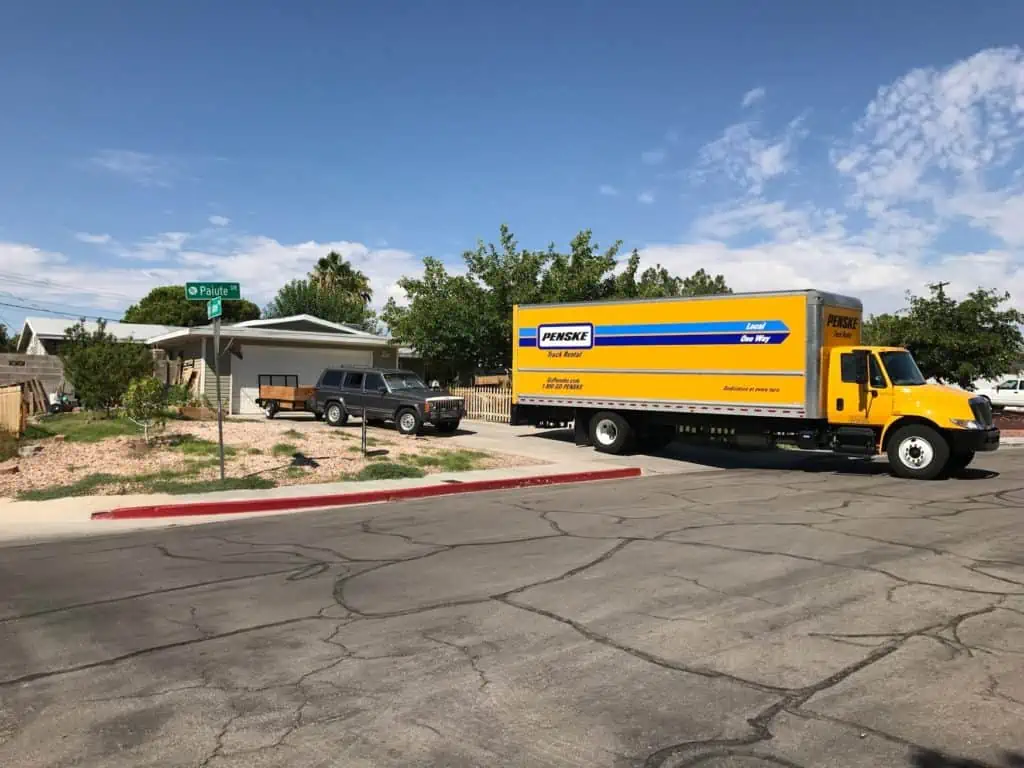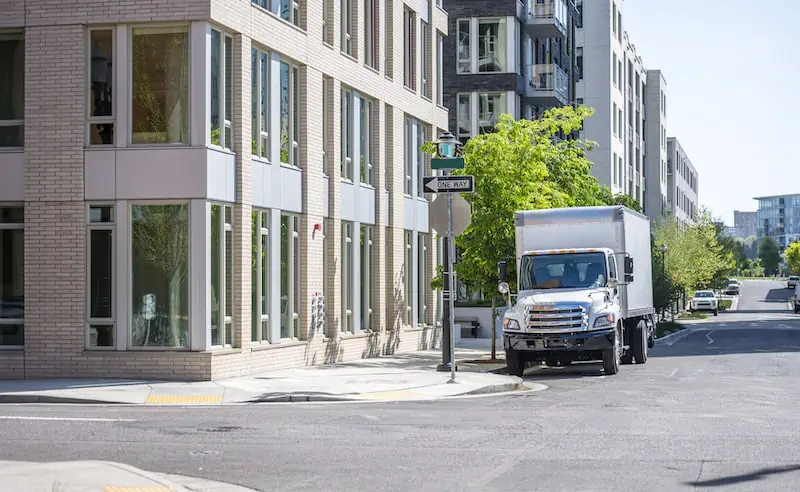Clearly, not everyone has stayed home since the pandemic — studies show 4% more people moved last year than the year prior. And — surprise, surprise — as demand grew for moving, so did moving prices. There’s been a reported increase in lots of associated moving costs.
But even in the current economy, moving house doesn’t need to cost an absolute fortune. By starting early, doing your research, and following these affordable moving tips below, it’s actually possible to save hundreds or thousands of dollars, depending on the scale of your move.
A Guide to Getting the Cheapest Move Possible
Step One: Declutter Your Stuff
No matter what anyone tells you, the two biggest factors that influence all the costs of a move are:
- HOW you move — there will always be a cost, whether you choose to go the DIY route, hire a full-service company, or opt for something in between, all of which we’ll cover later
- The size of your move
The simple fact is the less stuff you have, the cheaper it will be to move. This is why decluttering is the first step you should take towards lowering your moving costs.
For example, using movers to move a one-bedroom apartment locally has a median cost of around $400. Compare that to the cost of moving a large house, which can often run you around $3,000 in transportation and moving costs!
So, it stands to reason that if you have a two-bedroom apartment and you sell or donate about a room’s worth of stuff, then you’re paying significantly less to move what’s left. As a bonus, you get a fresh start when decorating in your new space. There’s also an opportunity to make money if you sell off some of your belongings, which can help offset the costs of the move itself.
Step Two: Avoid buying packing and moving supplies
One pack of tape is a negligible expense, but all of your packing and moving materials can add up (to the tune of $550, if you go for a large kit).
One way around this is to stash plastic bags, packing materials, and boxes in the months before your move. However, not everyone has this kind of foresight, much less the space in their house.
The week before your move, you can hit up your local grocer and see if they have any extra boxes. During moving season, a lot of people think to visit superstores, so they actually run out quickly. Think outside the box — so to speak — by visiting outliers like liquor stores, furniture stores, and hotels. You can also post on Facebook, since you never know if one of your friends just finished a move.
Looking for a sustainable option? Utilize your own blankets, sheets, clothes, and towels as packing materials, in addition to newspapers and magazines. You can also rent packing materials (like plastic boxes) — then send them back when you’re done.
See prices for local moving labor. Read real customer reviews. Easily book your help online.
Step Three: Pick the right time to move
Timing is everything, as they say, and that’s especially true for moving. For one thing, you’ll want to avoid peak moving season (May through September) if you want to save cash and eliminate stress. But even the day of the week and time of day can affect your moving price tag.
For instance, it’s cheaper to move in the middle of the month, since leases typically start and end on the first. But moving on a Monday as opposed to a Saturday can also be cheaper when you’re renting a moving truck. As this article points out, a quote for on Wednesday was $1.09/mile, but on Saturday the quote was $1.39/mile.
“…if you’re moving between states and need to stay somewhere overnight to break up the drive, the price of hotels and fuel costs might entirely cancel out what you were trying to save by going DIY.”
If you’re paying for a rental truck or movers by the hour, then you’ll want to avoid rush hour, since getting caught in traffic can send your prices through the roof. This happened to a friend of mine when she was moved across town in NYC, taking her $400 quote up to $750 — pretty pricey, considering her movers were just sitting in a truck on the highway. The moral of the story? The earlier in the day you plan your move when you’re hiring helpers, the more you can save.
Step Four: Decide if DIY is best for you
Believe it or not, DIY might not be the cheapest option for you. In general, doing the entire move yourself does cost less (DIY moves average about $660, while a full-service move can cost up to $2,568), but depending on how you go about it, there can be a lot of hidden costs.
Your biggest expense is probably going to be your own time. You have to plan, take time off from work or school, get childcare if needed, and spend days doing really tiring work. Not to mention, if you’re moving between states and need to stay somewhere overnight to break up the drive, the price of hotels and fuel costs might entirely cancel out what you were trying to save by going DIY.
If you research hotels and the route beforehand (and are smart about your PTO), you can still save. But that’s still more time spent planning out your move.
DIY is best if you:
- Don’t have a lot of stuff, or it’s all pretty cheap and replaceable
- Can easily take time off work or school
- Plan out driving routes, hotel stays, and other stops to find the cheapest options
Step five: Decide if you want moving help
Your other option is to hire moving help. But surely you’re thinking: How does hiring people help me save money? For one thing, it’s a lot cheaper to hire loading and unloading help when you’re doing the driving compared to hiring a moving company to do it all for you. This is known in the biz as a “hybrid” move — a blend of DIY and a full-service move. Essentially, you’re doing the driving, but you also pay for a bit of help on the side to load and unload your stuff.
“Rent a trailer instead of a truck. Even if you pay to have a trailer hitch installed, you may still save money — and, as a bonus, you won’t have to worry about shipping your car.”
Paying for moving help not only spares your back, but can help you save on your truck or trailer rental. By using their expert packing skills, moving helpers can help you fit more stuff into the space than you could — all while securing your items so nothing gets damaged or breaks during the drive. It may be well worth dishing out an extra couple hundred to hire help if you can rent a smaller moving truck and protect your possessions.
Hiring moving help is best if you:
- Have a large home with a lot of heavy or fragile furniture
- Worry about being able to arrange childcare or PTO
- Can’t lift or carry heavy furniture easily
Make sure any company you hire movers from is fully licensed and insured before committing. You should also look for honest reviews from past customers to get a sense of what the company is really like. Of all the areas I’ve listed above, I would say this is the one where you should avoid getting overly thrifty; good help is almost invaluable when you’re in the middle of a big move, and bad help can turn an already stressful experience into a nightmare — if not turn out to be an outright scam.
Step Six: Consider another option: portable moving containers
Speaking of ways to move, using moving containers is an excellent option if you find yourself in one of the following scenarios:
- A) You’re seeking a middle ground with DIY: You don’t want to pay for a full-service move, but you don’t want to do everything yourself either. With a moving container, you rent the unit (which can be dropped off) and load it on your own timeline. When it’s all ready to go, the company picks it up and drives it to your destination — your new residence or a storage facility.
- B) You’re not 100% on all the details yet: When a friend moved from Florida to Boston, she decided to stay in a hotel for a few weeks while she explored neighborhoods and met with realtors. Since her lease in Orlando was ending, it made sense for her to pack up all of her furniture and boxes in a moving container and have a company take it to a storage facility. Thirty days later, after she’d signed her new lease, they delivered everything to her in Boston. This was a way to save on costs, but there were other conveniences like being free to drive her own car up the coast instead of a fully loaded moving truck.
- C) You want to take your time (and save your money on) loading: Let’s say you plan to pay for some help to load your boxes and furniture. Moving containers can help you save in this scenario because you can pack the container little by little on your own time. Then, on moving days, your hourly helpers only need to load a few big things, instead of a hundred little things, which means a smaller mover bill in the end.
Step Seven: Look for other ways to save on your move
There are a million little ways to trim expenses that can quickly add up to big savings. Depending on what kind of move you’re planning on, here are some cheap moving hacks to keep in mind:
- Pack as much stuff as you can into your own car. You’d be surprised how much can fit into a four-door sedan.
- Rent a trailer instead of a truck. Even if you pay to have a trailer hitch installed, you may still save money — and, as a bonus, you won’t have to worry about shipping your car.
- If you’re using a moving container or going DIY, ask your friends or the friendly college kids next door for help lifting heavier items like furniture. It never hurts to ask — and it’s much cheaper to buy them a pizza than to pay professionals by the hour.
- Use as many of your own belongings as you can for packing material to save on moving supplies and space in your moving truck. For example, pack every suitcase you own, load up your laundry hamper with shoes and smaller bags, and fill sturdy trash cans with items and tape down the lid.
Moving can be stressful and expensive — but it doesn’t need to be that expensive. Hopefully, this article puts you on the path to finding the cheapest way to move for your specific situation.

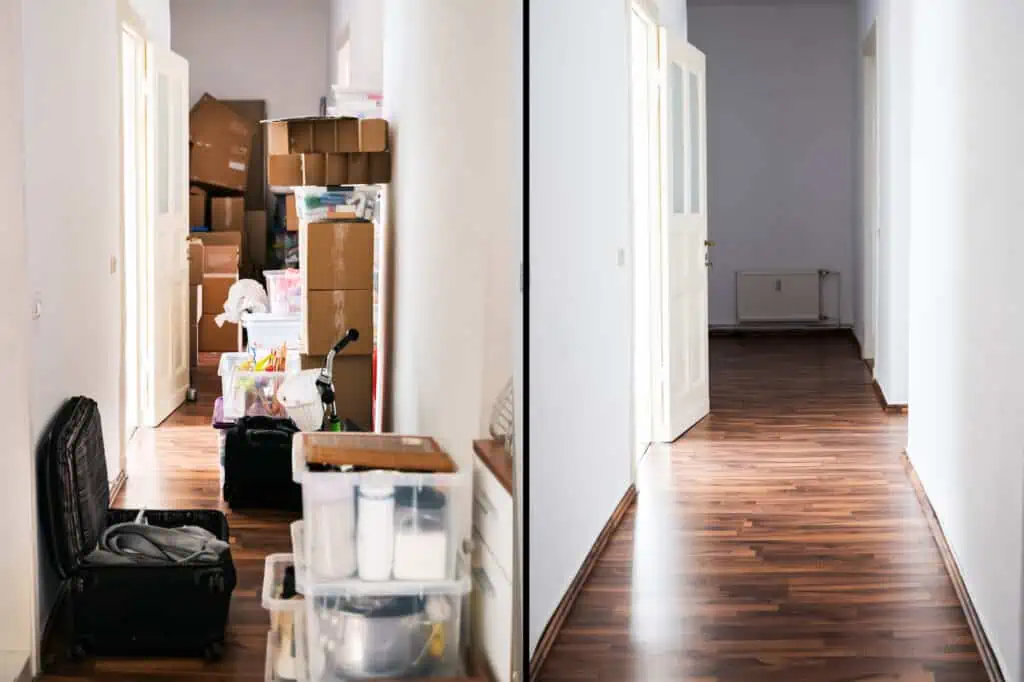




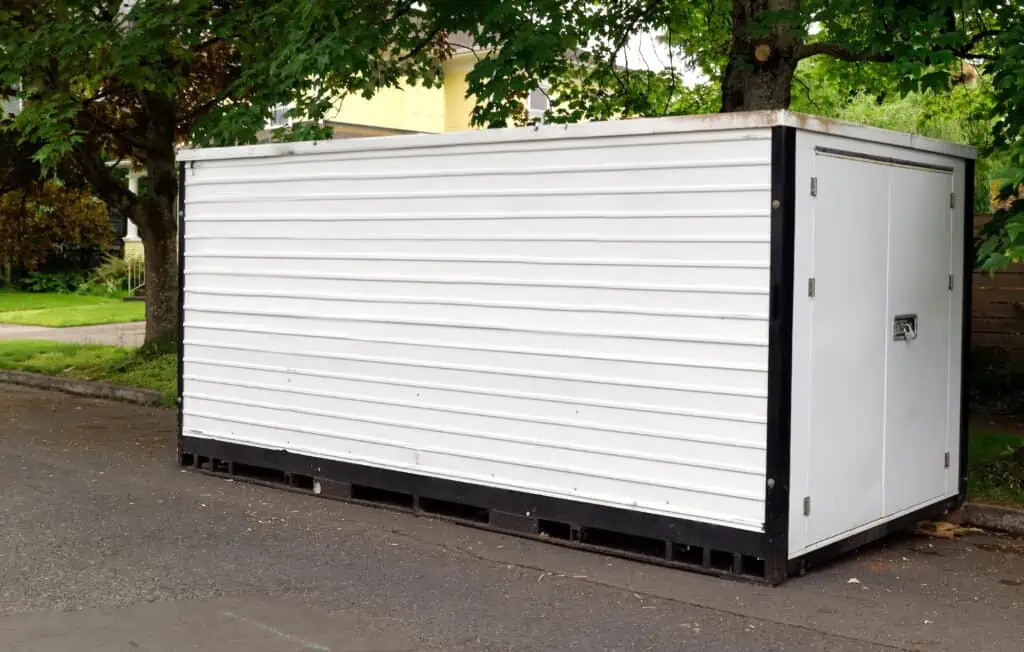



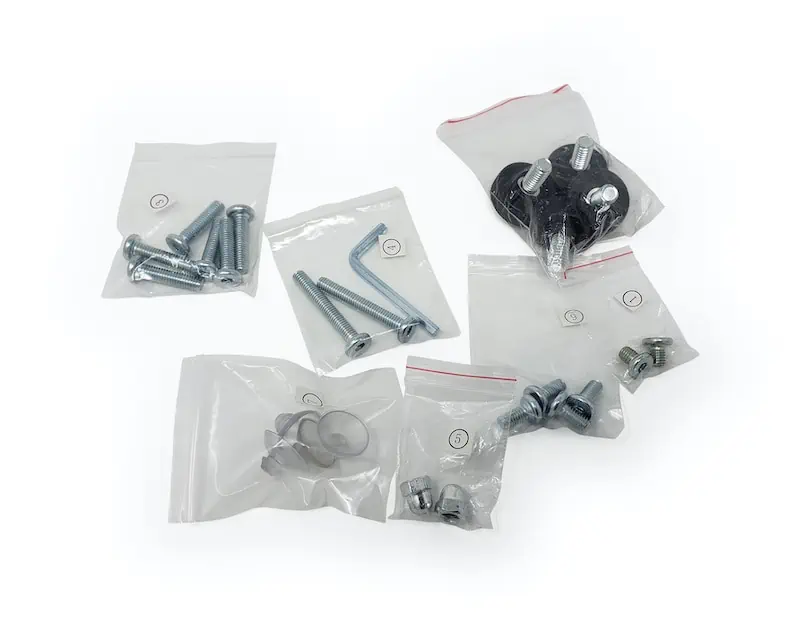

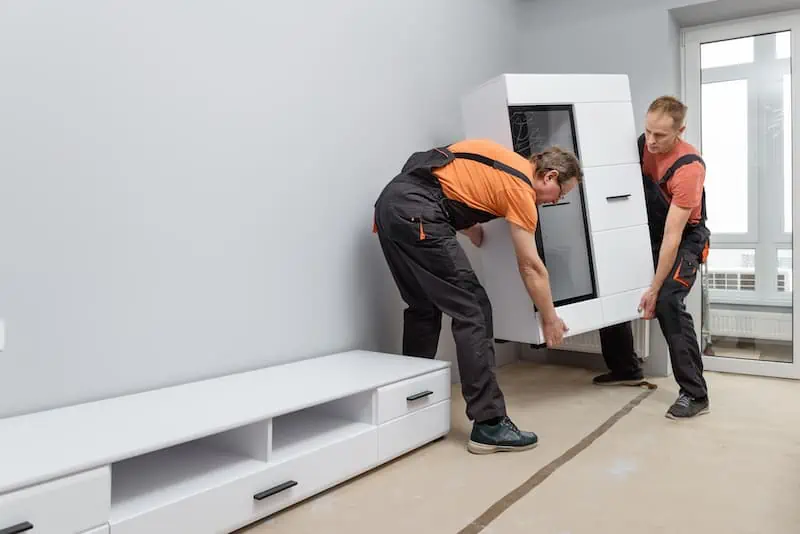
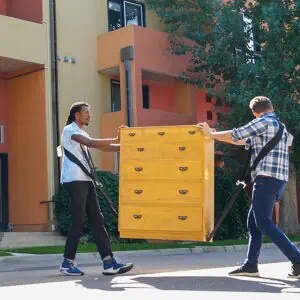

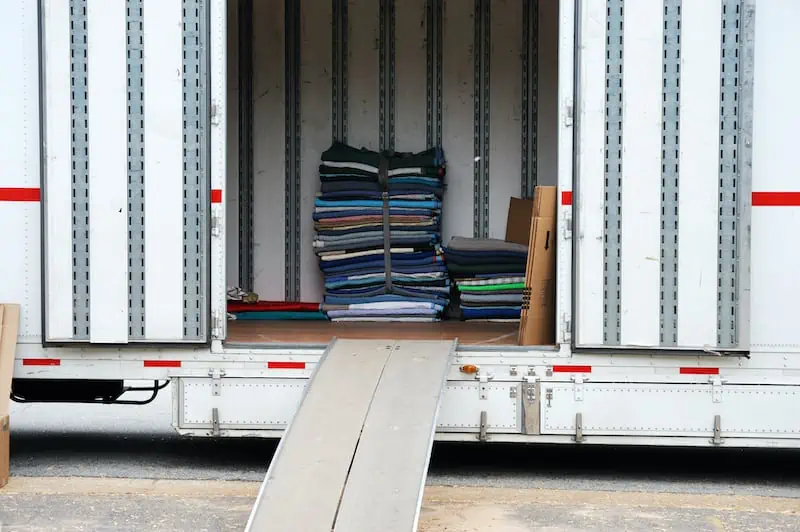

 The problem: So you need a new “non-forever” home that isn’t depressing? If the housing market is as crazy where you live as it is everywhere else, you probably need some time to shop around for your next home (especially if you’re planning on buying). You should consider:
The problem: So you need a new “non-forever” home that isn’t depressing? If the housing market is as crazy where you live as it is everywhere else, you probably need some time to shop around for your next home (especially if you’re planning on buying). You should consider: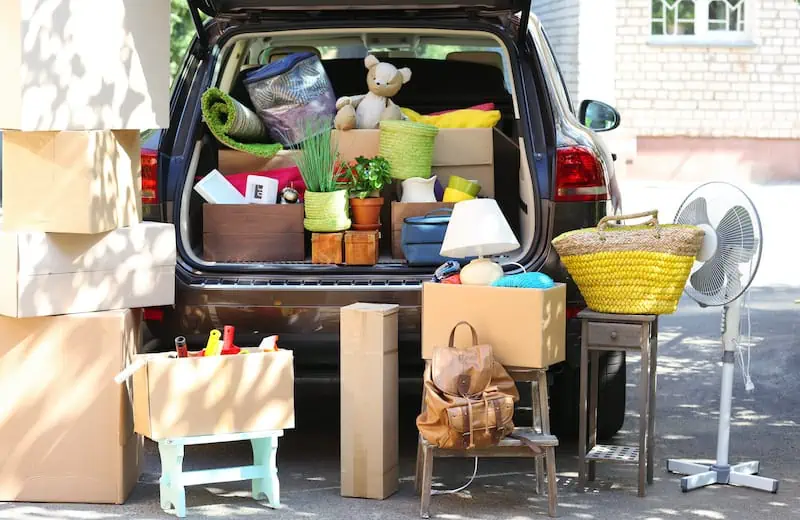
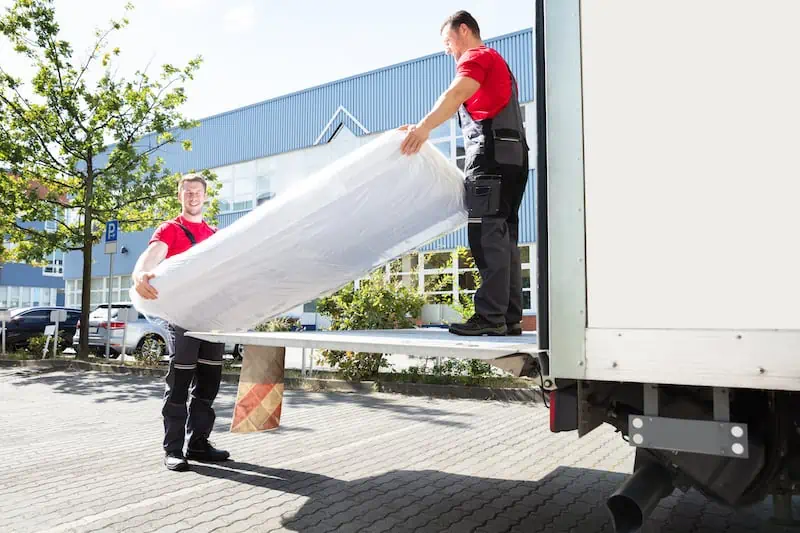
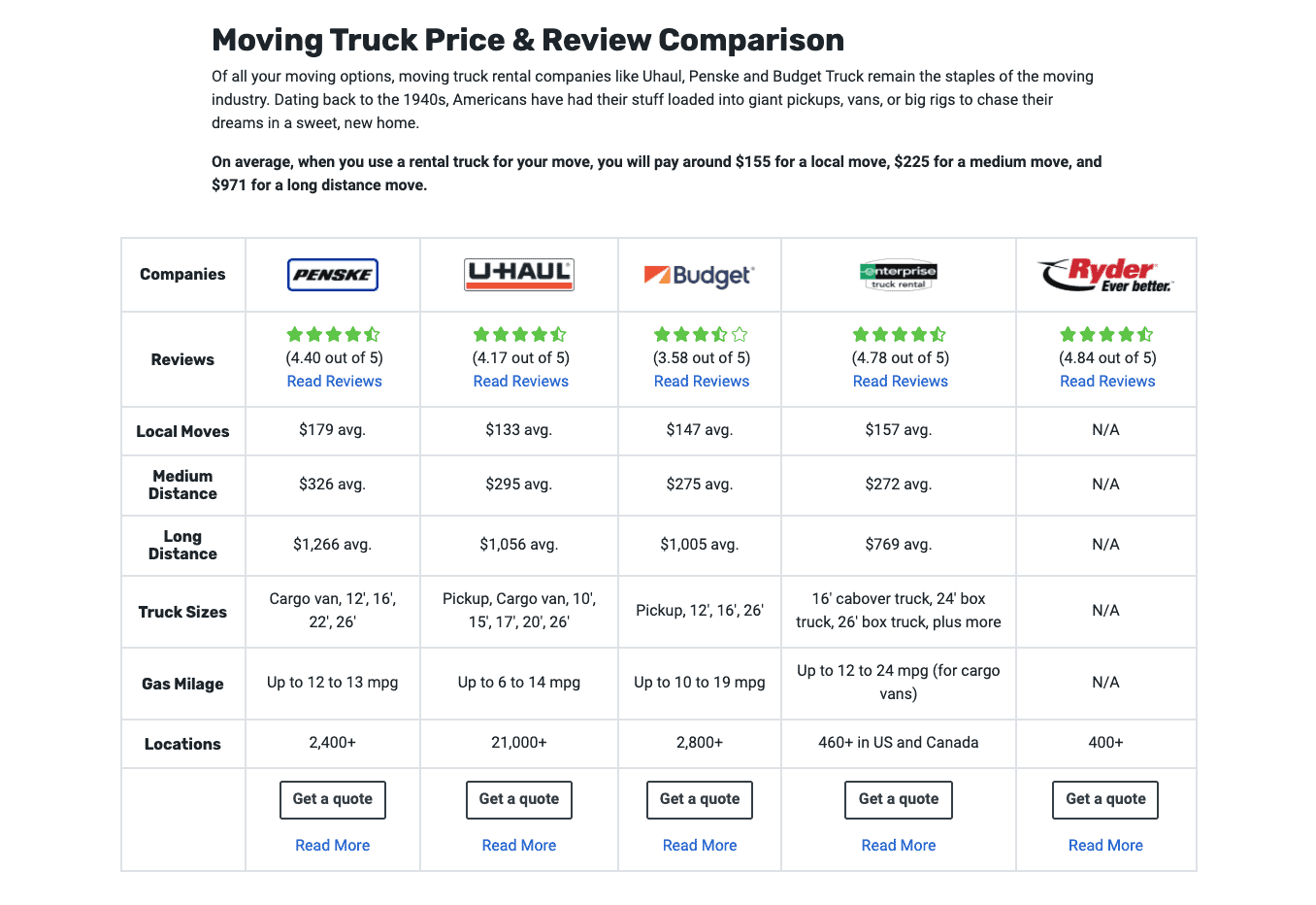

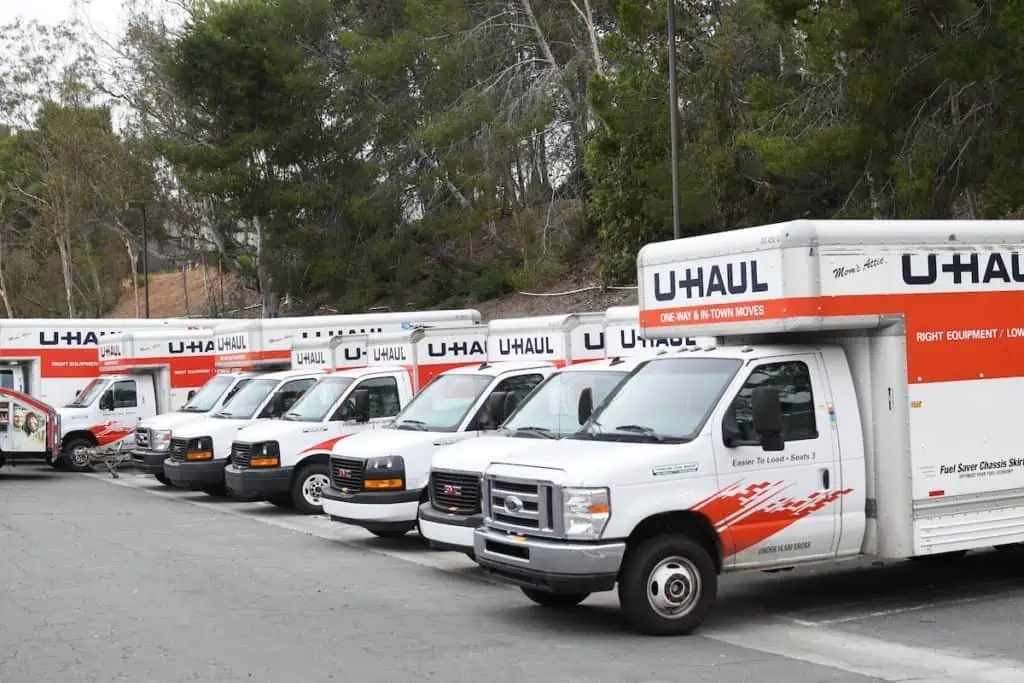
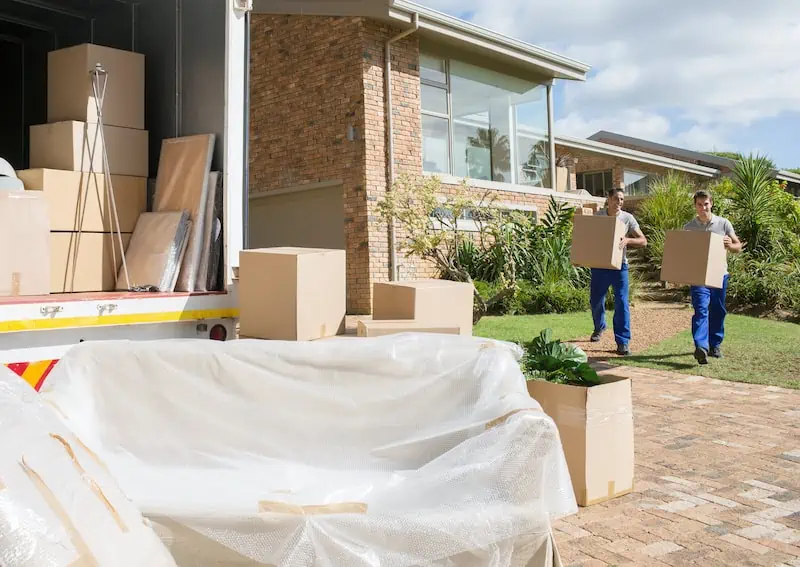

 The emergency repair to the sprinkler cost the couple $642. “When he came back the next day to finish packing, my husband presented him with the invoice for the emergency repair and he asked him if he was going to pay for it,” Mary recounted. “His response was ‘that’s not going to happen.’”
The emergency repair to the sprinkler cost the couple $642. “When he came back the next day to finish packing, my husband presented him with the invoice for the emergency repair and he asked him if he was going to pay for it,” Mary recounted. “His response was ‘that’s not going to happen.’”